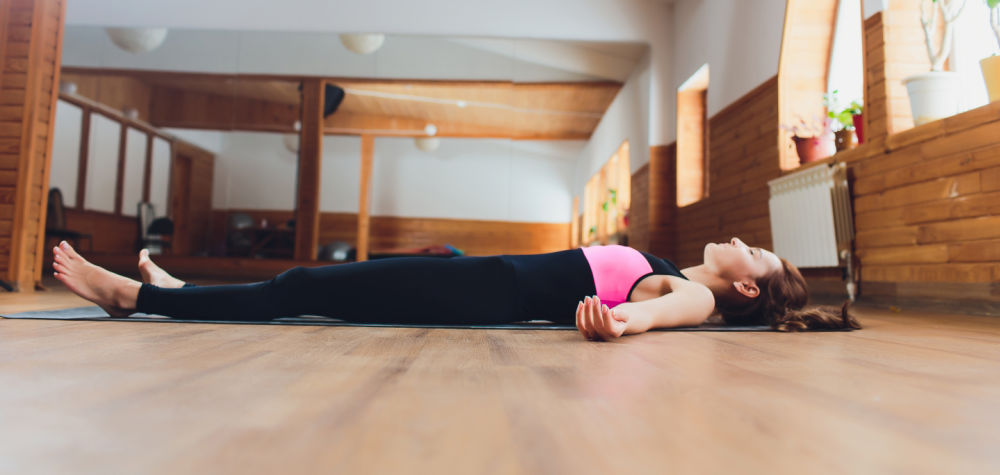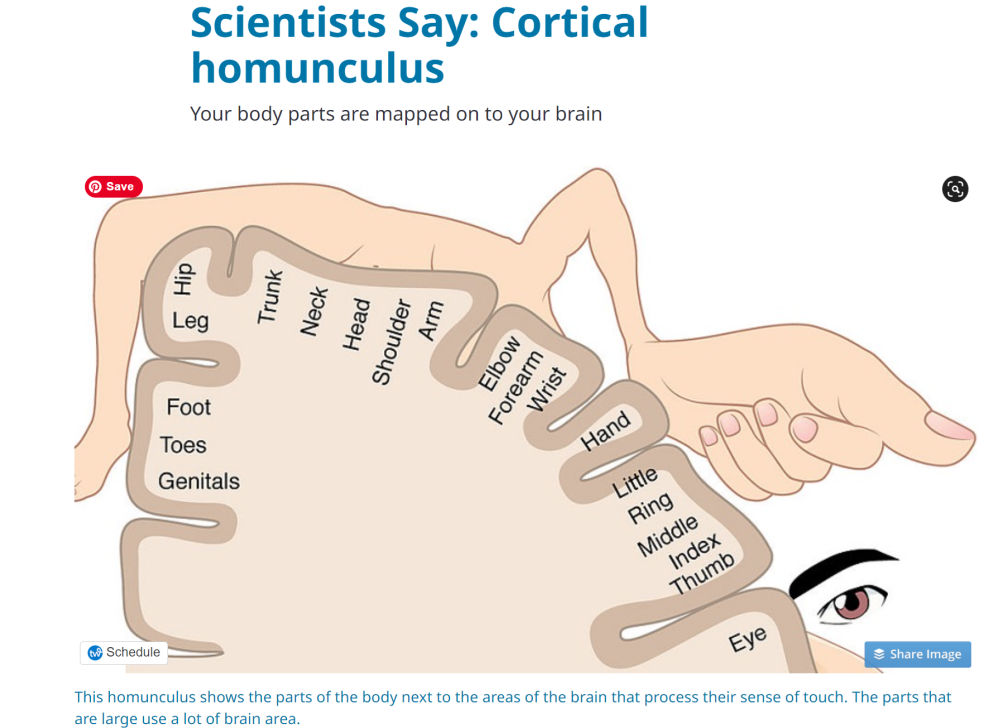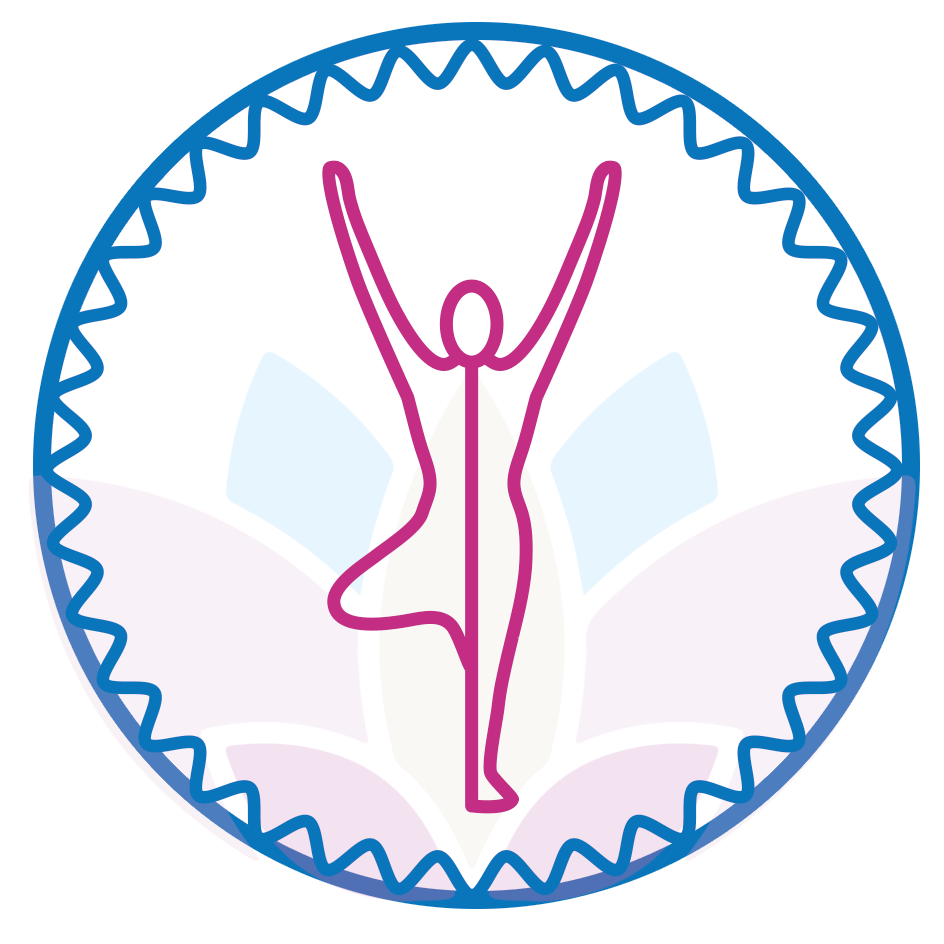
Are You Getting Enough Sleep Daily?
According to the Sleep Foundation, between 10 and 30 percent of adults have sleep issues. That number goes up even higher as you age. And, if you are a woman, you are more likely to suffer from sleep deprivation than men due to all the hormonal changes. Recent statistics reveal that our teens and tweens are chronically sleep-deprived as well. I don’t have to tell you that lack of sleep is affecting our ability to think, respond to stress, as well as be our best on the job and at home. There is a solution, and it is known as Yoga Nidra. Yoga Nidra has been described as sleep with a trace of awareness. It has been shown through studies to alter states of consciousness from beta to alpha and then delta waves—these are the same brain waves that your system rotates through during a healthy night’s sleep.
Yoga Nidra was always mysterious to me. I knew I enjoyed it and I knew my students looked forward to the special practice, but I really did not understand why I was presenting the practice in a certain way until recently.

What Is Yoga Nidra and How Does it Work?
Yoga Nidra or Yogic sleep accomplishes much of what you get during a good night’s rest and more in far less time. It has been said that 30 minutes of yogic sleep is the equivalent of 2-4 hours of what you might consider regular sleep. The ancient practice of Yoga Nidra is known as the ultimate restorative yoga therapy and has been shown in scientific studies to reduce stress, aid in sleep, heal chronic health conditions and improve overall vibrancy. If you have ever experienced Yoga Nidra in its entirety, you will be guided through a journey into all five layers of your body. Koshas also known as sheaths or layers include the Physical Body (Annamaya Kosha), the Energetic Body (Pranamaya Kosha), the Emotional Body (Manomaya Kosha), the Witness Body (Vijnanamaya Kosha), and the Bliss or Spiritual Body (Anandamaya Kosha).
“The process of Yoga Nidra represents the archetypal journey toward the true Self. It includes all eight limbs of yoga, all seven chakras, all five elements, and all five koshas,” according to highly respected Yoga Therapist and Author Joseph LePage.

Steps in the Yoga Nidra Practice
In five to 45 minutes, you will be guided on a journey through all or some of these realms (aka layers or sheaths). Here is how it might look in your practice:
- Physical body: To explore this realm, you will be asked to notice sensations in your body such as lightness and heaviness, hot and cold, tingling and numbness, etc. as your initial relaxation. Later in the practice, the yoga teacher might call out individual body parts to quickly rotate your consciousness. You might wonder why so much of this part of the practice focuses on hands, feet, and your face including the inside of the mouth. According to LePage and other yoga experts, these parts have the most nerve endings and are therefore most connected to your brain.
- Energetic Body: To explore this layer, you would focus on breathing practices and in some traditions, a mudra practice. This sheath is responsible for all organ systems and the energy and breath that keeps you alive. Your seven Chakras could be explored during this part of the Yoga Nidra.
- Emotional Body: There are several practices that are usually included in this realm. Setting an intention is done at the beginning of the Yoga Nidra process. Later, you might be guided into exploring opposite emotions without exploring the story. For some people, this is done while half-awake—making it less triggering and often feeling like you are in a dream-like state.
- Witness Consciousness Body: The awareness of thoughts and emotions will be further explored in this portion of the Yoga Nidra practice often through a series of opposite images or words. This step is not always included as some students are not yet ready to go this deep into their subconscious.
- Bliss Body: this step is often presented as a vision quest or spiritual journey into some beautiful place where you are invited to enter and just experience joy and bliss of total relaxation and wholeness.
Are you ready to try out a Yoga Nidra practice? Click here or on the picture below for a Free 30 minute Yoga Nidra meditation.
Finding the Right Yoga Nidra Practice for You!
There are dozens of different practices. Each of them has a slightly different emphasis depending on what you need– some are more for sleep, others can reduce feelings of stress, and others target physical and/or emotional conditions. Of course, like any practice, you must ultimately be the judge of whether Yoga Nidra is right for you. Let me know how this practice resonated with you. I work privately with students in which I would create a specific Yoga Nidra just for you. If interested, please reach out to me.



